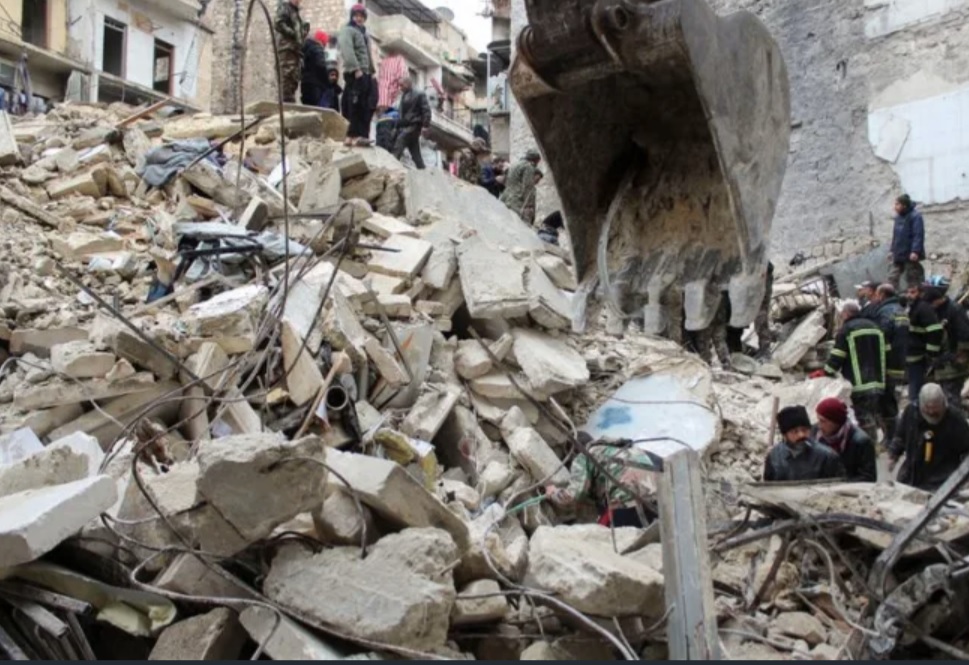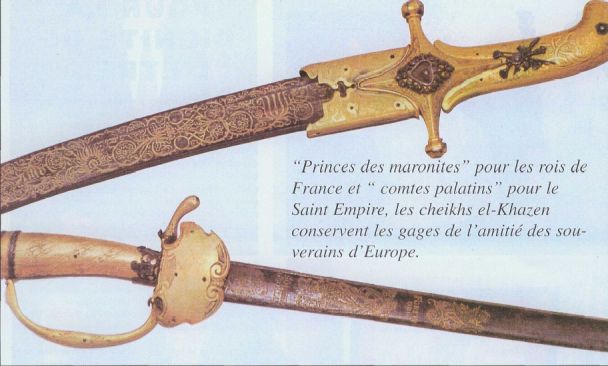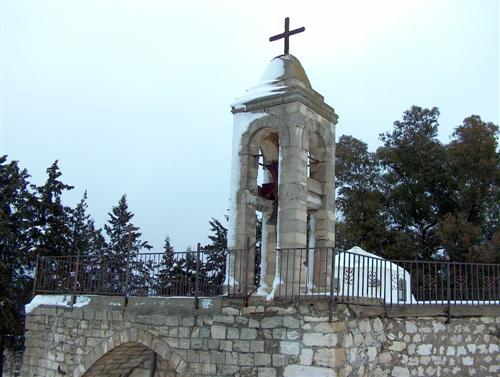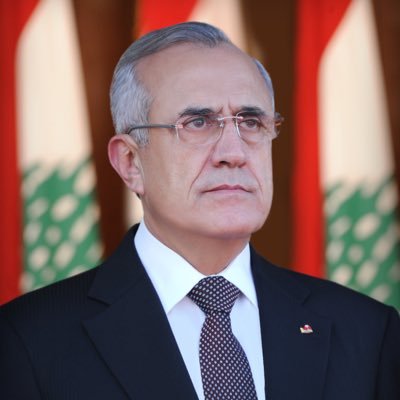
For the past two decades, search engines have answered most users’ queries in the same way: with a ranked list of webpages. But Microsoft’s unveiling of its AI-powered Bing search engine this week suggests this period of stasis is over, tech critic Kevin Roose writes. Using natural language, a user can ask Bing to do tasks as diverse as planning a dinner party — it’ll serve up a menu with links to sources — to drafting a social media post or summarizing a financial report. “It’s an entirely new way of interacting with information on the internet,” Roose writes.
An AI arms race is underway between two tech giants. Here's who has an edge.
by Tanya Dua -- Linkedin -- A deep-dive into one big theme or news story every week. Though I hesitated to call it as such until recently, the rapidly unfolding events of the past week would suggest that we’re squarely in the midst of an AI arms race. ICYMI: Last Friday, Google invested $300 million into Anthropic on the heels of Microsoft’s (LinkedIn's parent company) recent $10 billion investment into ChatGPT-creator OpenAI. Google quickly followed with an unveiling of its own AI chatbot, Bard, on Monday. Microsoft then made waves when, a day later, it announced ChatGPT’s integration with its search engine Bing.
Google has had an indisputable stranglehold on search for a long time, but the heralding of AI as the next big frontier in technology has somewhat leveled out the playing field. And the viral popularity of ChatGPT is only adding more heat, with the OpenAI chatbot recently becoming the fastest-growing consumer app in internet history. “The internet search wars are back,” declared the Financial Times’ Richard Waters, noting that AI has “opened the first new front in the battle for search dominance since Google fended off a concerted challenge from Microsoft’s Bing more than a decade ago.” And this time around, Google is at a disadvantage, not just because of Microsoft’s first-mover advantage or Bard’s bumpy debut this week, some experts say.
Maldives ranked 9th What are the top 10 smallest countries? These countries are ranked as the top 10 smallest in the world …
نجم الهاشم

By Gloria Dickie LONDON (Reuters) - The magnitude 7.8 earthquake that struck Turkey and Syria on Monday is likely to be one of the deadliest this decade, seismologists said, with a more than 100 km (62 miles) rupture between the Anatolian and Arabian plates. Here is what scientists said happened beneath the earth's surface and what to expect in the aftermath:
WHERE DID THE EARTHQUAKE ORIGINATE? The epicentre was about 26 km east of the Turkish city of Nurdagi at a depth of about 18 km on the East Anatolian Fault. The quake radiated towards the northeast, bringing devastation to central Turkey and Syria. During the 20th century, the East Anatolian Fault yielded little major seismic activity. "If we were going simply by (major) earthquakes that were recorded by seismometers, it would look more or less blank," said Roger Musson, an honorary research associate at the British Geological Survey. Only three earthquakes have registered above 6.0 on the Richter Scale since 1970 in the area, according to the U.S. Geological Survey. But in 1822, a 7.0 quake hit the region, killing an estimated 20,000 people.
HOW BAD WAS THIS EARTHQUAKE?
On average, there are fewer than 20 quakes over 7.0 magnitude in any year, making Monday's event severe. Compared with the 6.2 earthquake that hit central Italy in 2016 and killed some 300 people, the Turkey-Syria earthquake released 250 times as much energy, according to Joanna Faure Walker, head of the University College London Institute for Risk and Disaster Reduction. Only two of the deadliest earthquakes from 2013 to 2022 were of the same magnitude as Monday's quake.
WHY WAS IT SO SEVERE?
Khazen History


Historical Feature:
Churches and Monasteries of the Khazen family

St. Anthony of Padua Church in Ballouneh
Mar Abda Church in Bakaatit Kanaan
Saint Michael Church in Bkaatouta
Saint Therese Church in Qolayaat
Saint Simeon Stylites (مار سمعان العامودي) Church In Ajaltoun
Virgin Mary Church (سيدة المعونات) in Sheilé
Assumption of Mary Church in Ballouneh
1 - The sword of the Maronite Prince
2 - LES KHAZEN CONSULS DE FRANCE
3 - LES MARONITES & LES KHAZEN
4 - LES MAAN & LES KHAZEN
5 - ORIGINE DE LA FAMILLE
Population Movements to Keserwan - The Khazens and The Maans
ما جاء عن الثورة في المقاطعة الكسروانية
ثورة أهالي كسروان على المشايخ الخوازنة وأسبابها
Origins of the "Prince of Maronite" Title
Growing diversity: the Khazin sheiks and the clergy in the first decades of the 18th century
Historical Members:
Barbar Beik El Khazen [English]
Patriach Toubia Kaiss El Khazen(Biography & Life Part1 Part2) (Arabic)
Patriach Youssef Dargham El Khazen (Cont'd)
Cheikh Bishara Jafal El Khazen
Patriarch Youssef Raji El Khazen
The Martyrs Cheikh Philippe & Cheikh Farid El Khazen
Cheikh Nawfal El Khazen (Consul De France)
Cheikh Hossun El Khazen (Consul De France)
Cheikh Abou-Nawfal El Khazen (Consul De France)
Cheikh Francis Abee Nader & his son Yousef
Cheikh Abou-Kanso El Khazen (Consul De France)
Cheikh Abou Nader El Khazen
Cheikh Chafic El Khazen
Cheikh Keserwan El Khazen
Cheikh Serhal El Khazen [English]
Cheikh Rafiq El Khazen [English]
Cheikh Hanna El Khazen
Cheikha Arzi El Khazen
Marie El Khazen
